Pandemic causes many senior adults to feel isolated
NASHVILLE (BP)—At 92, Kenny Knox’s social circle revolves almost exclusively around activities at church.
“Other than attending (church), I don’t have a lot of contact with others,” he said.
But like many others, Knox’s congregation, West End Baptist Church in Columbia, Tenn., has suspended public meetings to comply with government recommendations on social distancing during the COVID-19 pandemic. West End’s worship services temporarily have moved to an online streaming format.
Unable to access online worship
For Knox and some other senior adults, though, that’s not a solution.
Without a cell phone or computer or access to the internet, Knox said he’ll watch preachers on TV or listen to sermons on the radio. But it is not the same as attending services at his own church, either virtually or in person, he added.
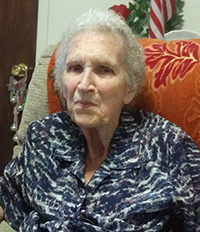
Similarly, 89-year-old Ruth Brinkley, a member of First Baptist Church in Oglesby, Texas, has been left without connection to her church’s services. While Knox, a retired farmer, said he’s used to being alone a majority of the time, Brinkley said the sudden loss of social interaction has been difficult.
“My experience has been one of almost feeling alone,” Brinkley said. “But I just take one day at a time and just make the best of it.”
As thousands of churches and their members adapt to participating in church online, it’s likely Knox’s and Brinkley’s predicament is shared by other elderly members.
“Most senior adults don’t have smartphones,” said Jeremy Sanders, Brinkley’s pastor at First Baptist Oglesby. “They still use either a home phone or just a simple phone or don’t have the capability or the knowhow to get online via computer to even watch” a livestream worship service.
Sense of isolation and loneliness
Sanders knows that without weekly church services and the personal connection those provide, senior adults could feel a sense of isolation and loneliness like Brinkley expressed. He said keeping in touch with older members is a priority, and he has encouraged other church members to reach out to the older members.
Because of the higher risk for older people who contract the coronavirus, personal interaction is not advisable. Instead, Sanders suggested, members should call them. And Sanders said he has also encouraged his congregation to call at the church’s service time and play the livestream over the phone.
“If we know that somebody has that elevated risk, call them and allow them to listen to it via phone,” Sanders said. “You can play it or have it streaming and can set a phone close to wherever you’re playing it from and allow them to hear it during the service.”
In addition to streaming services, options for churches could include conference calls accessible to members who either don’t have internet access or aren’t tech-savvy.
‘Not like meeting with a group of people’
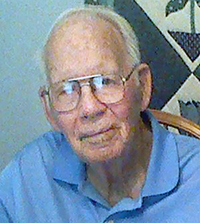
Knox’s wife died of Alzheimer’s in 2003. But Knox said he is in reasonably good health and is able to live alone and support himself.
“I’ve been pretty much a loner for a long time,” he said.
He said he’s never seen the need for a cell phone or computer.
“I’ve gotten by all these years,” Knox said. “You get set in your ways when you get my age.”
For now, that means watching other churches’ services on TV or listening on the radio. Brinkley’s options are likely the same.
“It’s not like meeting with a group of people, but it’s the next best thing,” Brinkley said.
Brinkley has had issues with her back and already was limited in her ability to get around. But attending church has long been a priority.
“I miss being with my friends,” Brinkley said. “I love our Sunday school class, and I miss that too.”
Be intentional about staying in contact
Sanders said he views this time as an opportunity to mobilize the church in a new way. Increased communication among church members—and to those who are in need—is critical, he said. But he also noted that if members are intentional and consistent about reaching out to senior adults, some might experience more contact, even if by phone, than was routine before the pandemic.
Brinkley said she appreciates how consistently Sanders and others from Oglesby First have been in contact with her.
“People have been super about calling to check on me and calling to tell me they’re bringing me something for lunch,” Brinkley said. “So, I’m still keeping in touch with people. I have one lady that calls me every morning. She calls and checks on me, and if she sees anything out of the ordinary, she calls.”
But both Brinkley and Knox said they look forward to when the church can meet again in person.
“I just have to pray that we will be able to,” Brinkley said. “It would really be something I would definitely miss if we didn’t get to start meeting back pretty soon.”

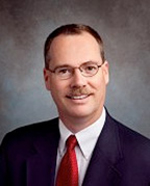

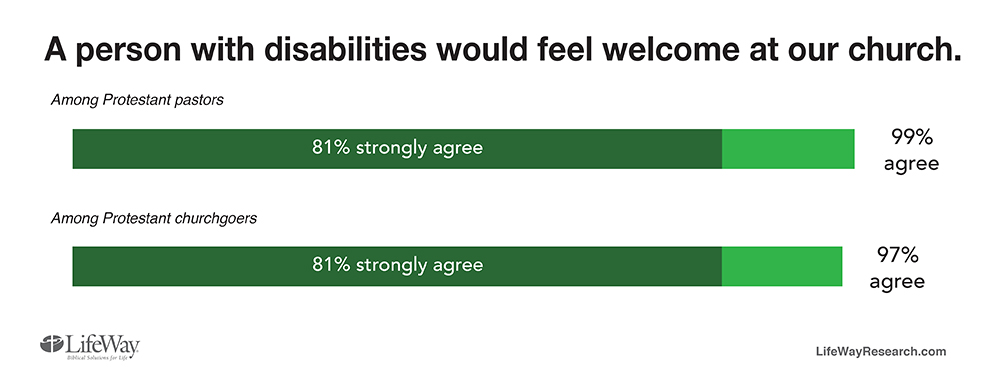 Nearly every
Nearly every  “Until you have a plan in place that accommodates those with special needs all the way from nursery-age to senior citizen, then you can’t accurately make this claim,” said Sumner, author of
“Until you have a plan in place that accommodates those with special needs all the way from nursery-age to senior citizen, then you can’t accurately make this claim,” said Sumner, author of 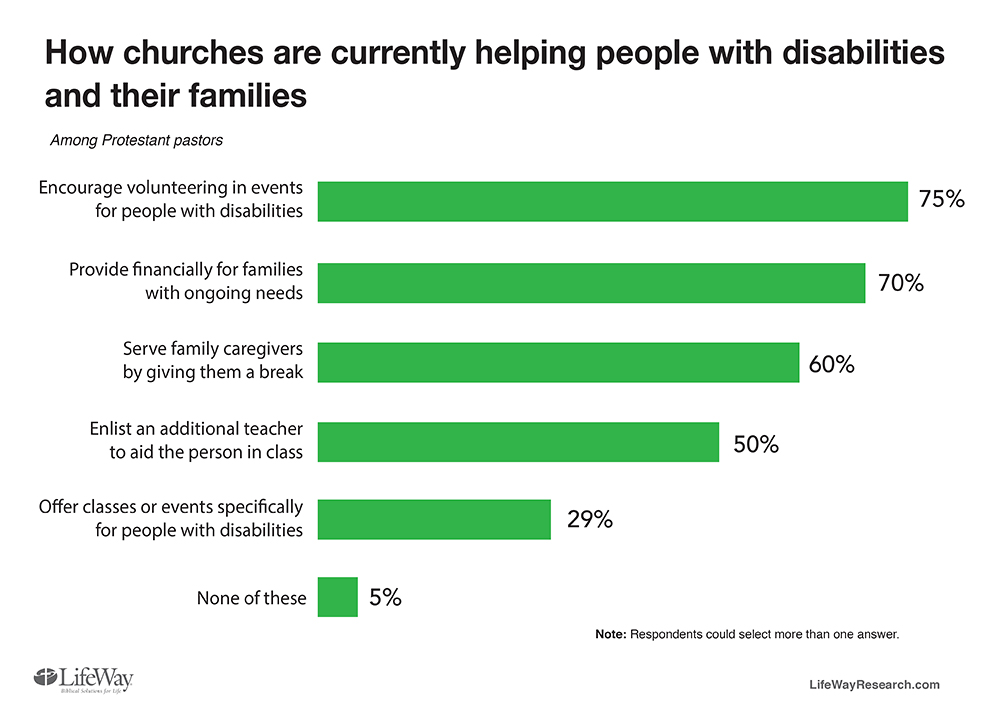 Larger churches are more likely than others to say they help in many of these specific ways. That gap is particularly pronounced when examining which churches provide an additional teacher for the individual with special needs.
Larger churches are more likely than others to say they help in many of these specific ways. That gap is particularly pronounced when examining which churches provide an additional teacher for the individual with special needs. Men (64 percent) are more likely than women (46 percent) to say they travel to church with their spouse, which indicates wives are more likely to go to church without their husbands than vice versa.
Men (64 percent) are more likely than women (46 percent) to say they travel to church with their spouse, which indicates wives are more likely to go to church without their husbands than vice versa.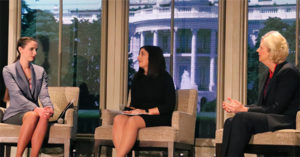



 The most common form of preparation is making an intentional plan. About two out of three pastors (62 percent) say their church has an intentional plan for an active shooter situation.
The most common form of preparation is making an intentional plan. About two out of three pastors (62 percent) say their church has an intentional plan for an active shooter situation. African American pastors are the most likely to say they have both armed private security personnel (41 percent) and uniformed police officers (18 percent) on site.
African American pastors are the most likely to say they have both armed private security personnel (41 percent) and uniformed police officers (18 percent) on site.